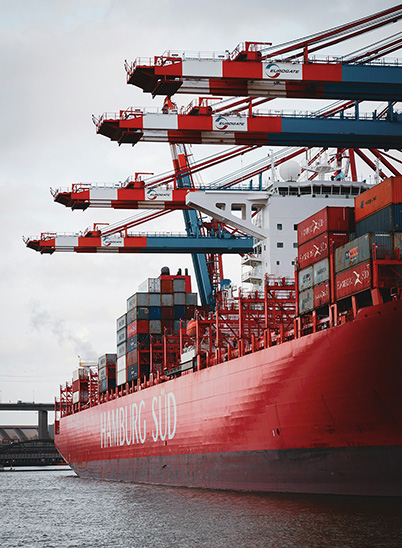
Saudi Blockade on Yemen Eases – Maritime Advisory
16 Nov 2017
On 13 November 2017, Saudi Arabia eased border restrictions with Yemen, lifting the blockade on a few sea and air ports and allowing vital humanitarian aid to enter the country. The blockade was implemented after Saudi forces intercepted a Houthi missile launched from Yemen, targeting the Saudi capital city Riyadh on 4 November 2017.
Key Points
- On 13 November 2017, Saudi Arabia eased border restrictions with Yemen, lifting the blockade on a few sea and air ports and allowing vital humanitarian aid to enter the country.
- The blockade was implemented after Saudi forces intercepted a Houthi missile launched from Yemen, targeting the Saudi capital city Riyadh on 4 November 2017.
- The conflict in Yemen has been ongoing since March 2015, and has culminated in widespread famine and a cholera epidemic, as well as led to heightened maritime security threats along Yemeni coastal areas and the Bab El Mandeb Strait.
SOLACE GLOBAL COMMENT
On 4 November 2017, Houthi fighters fired a missile from Yemen into Saudi Arabia, targeting the capital city of Riyadh. The missile, reported to be a Yemeni-made long-range missile known as a Burqan 2H, was intercepted northeast of the city, near King Khalid International Airport. This incident represented a major escalation in the ongoing war in the region by targeting a civilian area of Riyadh. In response, Saudi Arabia imposed a blockade on all sea and air ports in Yemen two days later. This move resulted in widespread international criticism due to the current fragile humanitarian conditions throughout the war-torn country. Yemen is currently reliant on these ports for 80-90 per cent of its food imports. On 13 November, Saudi announced it would ease some blockade restrictions in order to allow some humanitarian shipments to enter. These restrictions only applied to government controlled sea and air ports such as Aden, Mukalla and Mocha. Houthi-controlled ports, such as Al Hodeidah, will remain closed, in an effort to stem the flow of arms from Iran to Houthi forces. The port in Hodeidah has long been identified as a strategic port for sustaining of Houthi operations, allowing them to raise revenues as well as serve as an access point for Iranian aid to the fighters.
The UN aid coordinator called for all Yemen’s seaports to be opened urgently on 14 November 2017, citing the risks that millions of lives have been placed in. An estimated 21 million people need assistance, 7 million of which are living in famine conditions, relying completely on food aid. Although Saudi has lifted the blockade on some ports, resupplying aid through a limited number of ports will still slow the delivery process as well as make it more expensive.
What is the Impact of the Saudi Blockade on Regional Maritime Security?
The conflict in Yemen has contributed to heightened maritime security threats in the region since the start of the war in March 2015. The targeting of coalition vessels by Houthi missiles, in addition to the deployment of sea mines in Houthi-controlled coastal areas, exacerbated the threats and risks to commercial shipping transiting the region. At present, transiting the Bab El Mandeb Strait requires enhanced monitoring and increased situational awareness at all times of the day. Most Houthi missile attacks on coalition vessels have occurred during the dark hours, whilst suspicious approaches continue to occur during daylight hours at the strategic chokepoint. Since the enforcement of the Saudi blockade, Houthi forces have threatened to attack Saudi merchant ships transiting the region. Having already demonstrated their capabilities to target vessels, this is a notable threat for all commercial shipping transiting the region. There is substantial risk of commercial vessels being misidentified by Houthi weapons systems as Saudi merchant vessels and targeted accordingly.
SECURITY ADVICE
Maritime PiracyHighVessels transiting the HRA should maintain a heightened level of surveillance, particularly when passing through the Bab El Mandeb Strait. Houthi fighters have primarily targeted coalition warships, particularly at dark hours, however a threat to Saudi commercial shipping exists. There continue to be numerous reports of attacks and suspicious approaches on merchant vessels transiting the Bab El Mandeb Strait during daylight hours. Houthi naval mines have also been reported uncovered and diffused along Yemenâs coastline. It is advised all vessels transiting the HRA to proceed with extreme caution and conduct a thorough risk assessment on each voyage, considering the risk of transiting the strait during daylight or dark hours. Vessels should ensure all BMP4 measures are in place, with the use of hardening vessel measures, and embarked armed security teams. It is also recommended for vessels to transit the High Risk Area using the Maritime Transit Security Corridor. Solace Global advise, and have implemented, 24-hour anti-piracy watches when transiting the strait.